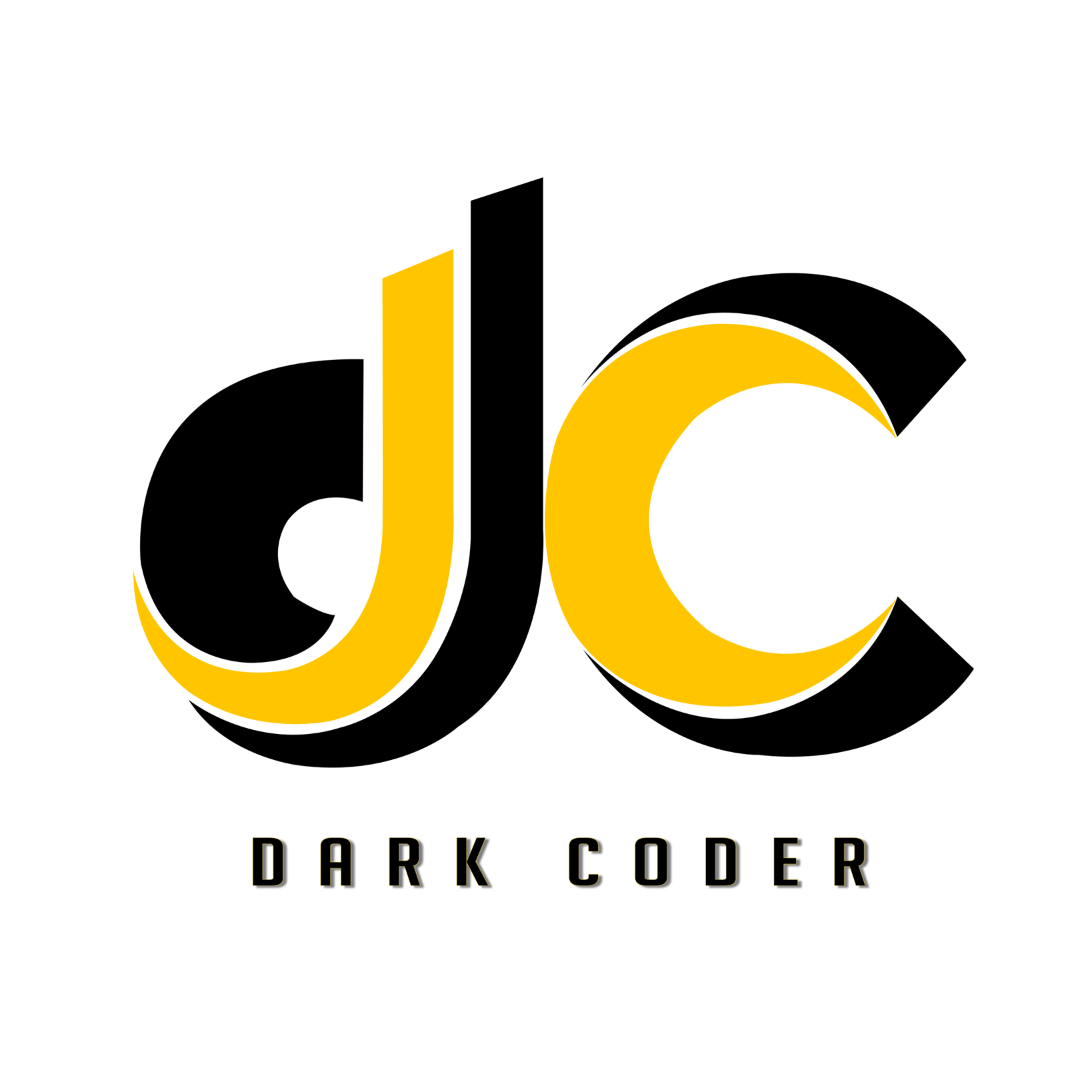C++ Strings:
C++ is a versatile programming language that is used to build applications across a wide range of industries. In this guide, we will focus on one of the fundamental concepts of C++ programming: strings. In C++, a string is a sequence of characters. C++ provides several built-in string classes that allow programmers to handle strings with ease. In this article, we will explore the different types of C++ strings, their functions, and examples.
Types of C++ Strings:
C++ provides three types of strings: C-style strings, C++ strings, and string views.
-
C-style Strings: C-style strings are sequences of characters stored in an array that ends with a null character (\0). C-style strings are considered to be the most basic type of string in C++.
-
C++ Strings: C++ strings are dynamic arrays that are created and managed by the C++ Standard Library. C++ strings are more flexible than C-style strings because they can be resized and manipulated more easily. They are also considered to be safer because they automatically manage memory allocation and deallocation.
-
String Views: String views are lightweight objects that provide read-only access to an underlying sequence of characters. String views are used to avoid unnecessary copying of strings and to improve performance.
C++ String Functions:
C++ provides several built-in functions that allow programmers to manipulate strings. Some of the most commonly used C++ string functions include:
- String Length: The length() function returns the length of a string.
Example:
#include
#include
using namespace std;
int main() {
string str = "Hello World!";
cout